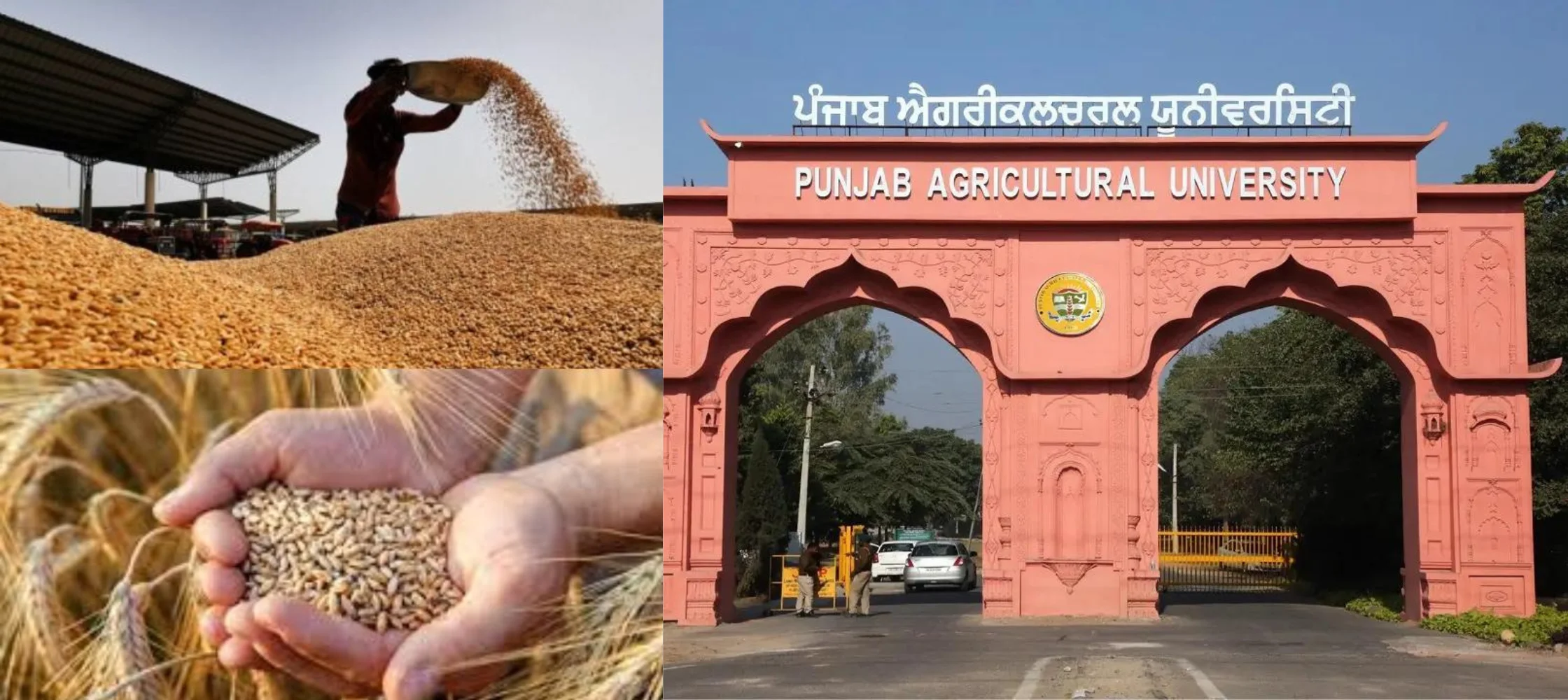
The Rising Panjab Bureau
The Punjab Agricultural University which played a stellar role in the Green Revolution which made India surplus in foodgrains production by developing high-yielding varieties of wheat is now focussing on developing new specialised varieties which are good for diabetics and those suffering from cardiovascular diseases. These varieties have high amylose starch content which is known to check obesity and high blood pressure.
Agronomists say that consumption of chapatis made from this wheat — called PBW RS1, with RS being short for resistant starch — won’t cause a spike in glucose levels. The high amylose and resistant starch, instead, ensure that glucose is released more slowly into the bloodstream. Being slower to digest also increases a feeling of satiety; a person consuming 4 chapatis from normal wheat would now feel full after having just two.
It has total starch content, almost the same as the 66-70 percent in other wheat varieties. But it has 30.3 percent resistant starch content as against only 7.5-10 percent for other varieties including PBW 550, PBW 725, HD 3086 and PBW 766, show trials conducted by PAU over four years. The other varieties have 56-62 percent non-resistant starch content which is nearly half (37.1 percent) in PWB RS1. Similarly, PBW RS1 has 56.63 percent amylose compared to only 21-22 percent in other varieties.
As one agro researcher at PAU put it, chapatis and biscuits made from whole grain flour also have a lower glycemic index (a value used to measure how specific foods increase blood sugar levels), which is linked to the decreased digestibility of the starch. Hence, it can help bring down the prevalence of diet-related diseases, including obesity and diabetes (especially type 2).
The variety has been developed over a period of 10 years by a team of wheat breeders led by Dr V S Sohu, head, the department of plant breeding and genetics. PAU is the first to combine five novel alleles (genes) affecting resistant starch levels for developing this variety. Earlier, PAU had released two varieties – PBW Zn1 with high zinc content, and PBW1 Chapati whose flour had premium chapati quality that remained fresh for long – on nutritional lines but none had features as PBW RS1.
It is pointed out that millets are considered healthy because they don’t lead to a spike in blood sugar levels. Dieticians even recommend that diabetic and obese persons give up wheat altogether. “But the fact is that both production and consumption of wheat are much higher and not everyone can have millets on a daily basis. Our idea was, therefore, to breed a wheat variety which feels and tastes like normal wheat, but has higher RS and lower glycemic index,” she said.
But PBW RS1 is a rather low-yielding variety in comparison to other varieties. It yields 43.18 quintals per hectare as against Punjab’s average yield of 48 quintals. In ideal conditions, the yield has gone up to more than 60 quintals. But the low yield is likely to be offset by the higher price this variety is expected to fetch in the market if it is promoted as a specialized wheat with medicinal properties. Seeds for the new variety will be made available to farmers in September to enable them to sow in the upcoming rabi season.
Your email address will not be published. Required fields are marked *
29 Jan, 2024
29 Jan, 2024
29 Jan, 2024
25 Jan, 2024